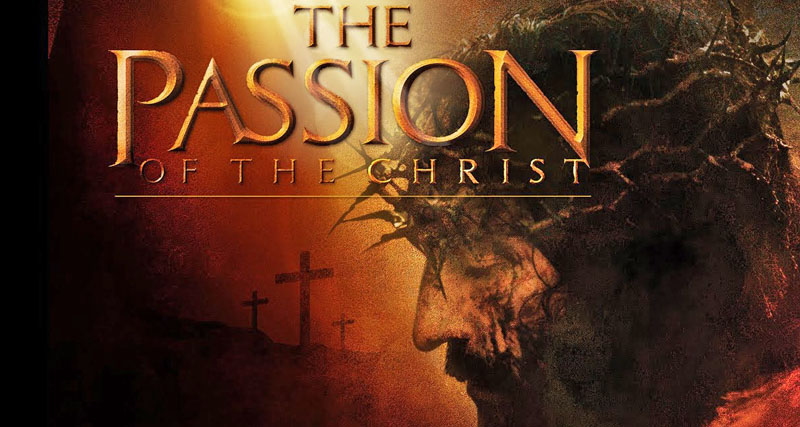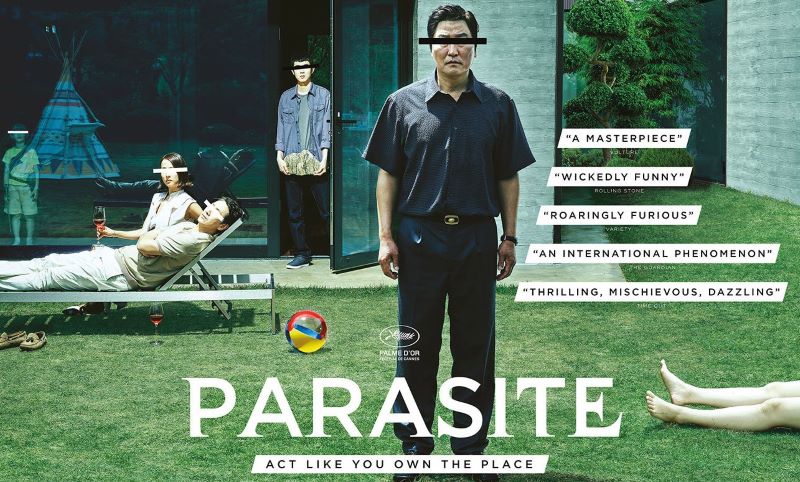The hardscrabble independent and art house segments of cinema are getting a lift from the young adult demographic, which is augmenting the traditional mainstay of older adults, according to a Hollywood Reporter story.
Upmarket indie and art house have relied on middle-aged and older adults, or in industry slang the “elderverse,” so the recent influx of ages 18-49 young adults is a welcome boost.
The Hollywood Reporter article by Pamela McClintock cites three recent theatricals pulling big audiences recently for ages under 35 (mainly the 18-34 demographic) in their opening weekends domestically. They are 70% ages under 35 for the opening weekend of Victorian era-set “Poor Things” from Disney’s specialty-arm Searchlight; 60% for wrestling drama “The Claw” from distributor A24; and 40% for Focus Features boarding school drama “The Holdovers.” Focus is a specialty arm of Universal Pictures.
Ages 15-34 account for just 26% of the U.S. population, making aforementioned 40% or more under age 34 impressive for opening weekend premieres.
Recent unlikely indie films playing to broad audiences include child-sex trafficker drama “Sound of Freedom,” which grossed $184.2 million domestically for Utah-based distributor Angel Studios.
Out-of-the-mainstream films playing to broad audiences are also evidenced by creepy South Korean import “Parasite” that grossed $53.4 million domestically (U.S. and Canada) for Neon releasing and won the Oscar for Best Picture for 2019. French-import silent film “The Artist” likewise won Best Picture back in 2011 on the way to grossing $44.7 million domestically for the Weinstein Company.
“Despite occasional hits, foreign-language films are a small slice of domestic boxoffice,” notes the third edition of “Marketing to Moviegoers,” the academic/business book. “Just $1.5 million in domestic boxoffice is often considered a success.”
While art house is in total a small genre, it spawned rare outsized and unexpected blockbusters in recent history. 2004’s “The Passion of the Christ” (in the Old Aramaic language, but boosted by involvement of star-turned director Mel Gibson) collected a staggering $371 million in domestic boxoffice. Earlier, Chinese-language martial arts fantasy “Crouching Tiger, Hidden Dragon” in 2000 pulled $128.5 million in domestic boxoffice for Sony Pictures Classics. Faux horror documentary “The Blair Witch Project,” which is English language, grossed $140.5 million domestically in 1999.

Art house (also known as arthouse or the Germanic arthaus) is the genre of esoteric, out-of-mainstream films geared for sophisticated tastes; typically, the creative drive provided by the director, who is like a brand-name to the audience. Often, these films are foreign language.
The demographic makeup of cinema has been a mess since the Covid pandemic. Older ages stayed away from crowds for medical reasons and were slow to return to cinema, though that skittishness has faded.
The two Hollywood labor strikes last year, plus the lingering injury from the pandemic, have crimped the flow of mainstream movies to cinemas this year and probably into 2025. That opens the door wider for specialty films and foreign-language imports for the foreseeable future. Also, in the mix for cinema runs are the better made-for-streaming originals and music concert movies, after Taylor Swift’s blockbuster concert film last year.
Citing last year’s “Sound of Freedom,” Michael Cieply wrote on Deadline.com: “These are movies that seem to come out of nowhere. They arrive with low or no expectations, from companies that are barely on the map. But they work their way into some conceptual or temporal gap in the release schedule, firing up viewers.”
Related content:

Leave a Reply